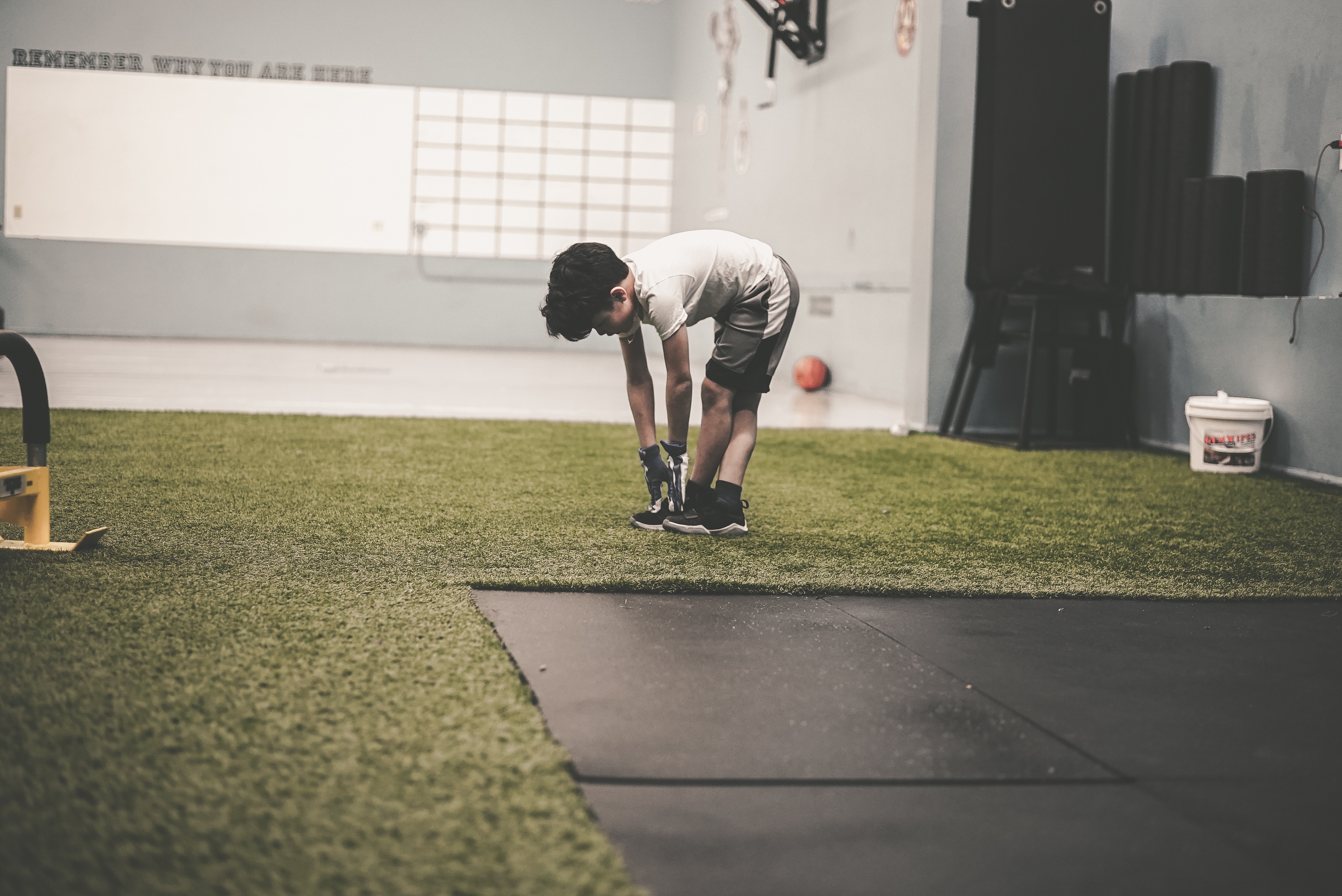 Take a stroll through any gym’s stretching area, and most everyone uses the words “flexibility” and “mobility” interchangeably. The thought is, if you stretch enough, you’ll stay limber, have great mobility and be ready to move in any way you like.
Take a stroll through any gym’s stretching area, and most everyone uses the words “flexibility” and “mobility” interchangeably. The thought is, if you stretch enough, you’ll stay limber, have great mobility and be ready to move in any way you like.
However, flexibility and mobility are not the same thing – and flexibility isn’t even always a great predictor of mobility. That means that you can be super flexible and able to pretzel up with ease, but actually have a hard time performing basic movements and day-to-day tasks.
How does that work? To understand, it’s important to first recognize what flexibility and mobility actually are, says certified strength and conditioning specialist Rachel Cosgrove, co-owner of Results Fitness in Santa Clarita, California.
She explains that flexibility is the ability of a muscle to temporarily stretch when needed. Think of it like a rubber band. If you pull both ends and it stretches like any good rubber band should, it’s flexible. If it doesn’t stretch (hopefully it doesn’t snap), it’s inflexible. It’s the same thing with muscles, which actually have elastic components designed to help the muscle stretch.
RELATED: 7 Ways You’re Stretching All Wrong
Meanwhile, mobility is the ability of a joint to actively move through its intended range of motion, says Cara Ann Senicola, physical therapist with the Hospital for Special Surgery in New York City. For instance, if you think about your shoulder joint, which is shaped like a ball-and-socket, it’s designed so that you can move your arm forward, backward, side-to-side and in circles. If it can move like it should, the joint has healthy mobility. If, however, you can’t move in all of those directions – maybe you can’t keep your arms next to your ears when raising your arms overhead – that’s a lack of mobility. And it can increase your risk of injury or larger movement issues down the road.
Put simply, flexibility is the ability of a muscle to stretch. Mobility is the ability of a joint to move.
What Does Flexibility Have to Do With Mobility?
“In order to have good joint mobility, muscle flexibility is imperative,” Senicola says. After all, your hamstrings do have to stretch in order for you to touch your toes. “But there is a misconception that lack of mobility is only due to muscular flexibility limitations, or a muscle losing natural length.” She notes that a person can have great flexibility but still have poor mobility.
That’s because muscle flexibility is only one of many factors in how a given joint moves. The primary determiner of how a given joint moves is its structure – the shape of its bones, how they meet and how the joint’s ligaments and tendons connect to those bones, she says. Perform an X-ray, and no two people’s joints are the exact same. That’s OK. Every person is built with a different available range of motion.
However, when someone isn’t able to access that range of motion, that’s a problem. And, interestingly, for most people, having trouble performing certain movements – like touching their toes – isn’t due to poor flexibility.
“Muscles can have good flexibility but be overactive (hypertonic) because they are trying to make up for a lack of stability elsewhere,” Senicola says. “Muscles that cross multiple joints are muscles that tend to move us. Stabilizing muscles tend to cross only one joint. When the stabilizers are not doing their job well – or a person’s posture does not allow them to do their job – mover muscles try to stabilize. But because they cross multiple joints, they end up limiting joint mobility.”
Those hamstrings are a great example, with a lot of people complaining that tight hamstrings keep them from being able to touch their toes. Often, however, the hamstrings aren’t actually inflexible. They are overactive. That’s because, if a person’s stabilizer muscles are not strong enough to keep the pelvis in proper alignment – or if a person has poor posture – the front of the pelvis tilts down toward the floor. As a result, the back of the pelvis tilts upward. A common sign of this “anterior pelvic tilt” is a large dip in the low back.
RELATED: Exercises for Back Pain Relief
However, the hamstrings attach to the back of the pelvis. When the back of the pelvis tilts up, it pulls on and stretches the hamstrings, which, in turn, pull back. And now you’ve got an overactive muscle that is already stretched to its max. When you try to touch your toes, it simply can’t stretch any more.
How to Improve Your Mobility
When you understand the link between flexibility and mobility, it becomes clear that stretching exercises are one part of the mobility equation. To improve mobility, it’s important also to train the body’s stabilizing muscles (such as those of the core), perform exercises that take your joints through a full range of motion and consciously work to improve your posture, Senicola says. Cosgrove notes that myofascial release, such as foam rolling, can help promote mobility as well.
If you’re not sure if you have a healthy level of mobility, consider talking to a certified trainer or physical therapist who can assess how you move, Cosgrove recommends. After evaluating both your flexibility and mobility, he or she will be able to help you create a personalized plan that will meet your unique mobility needs.